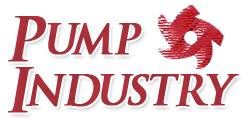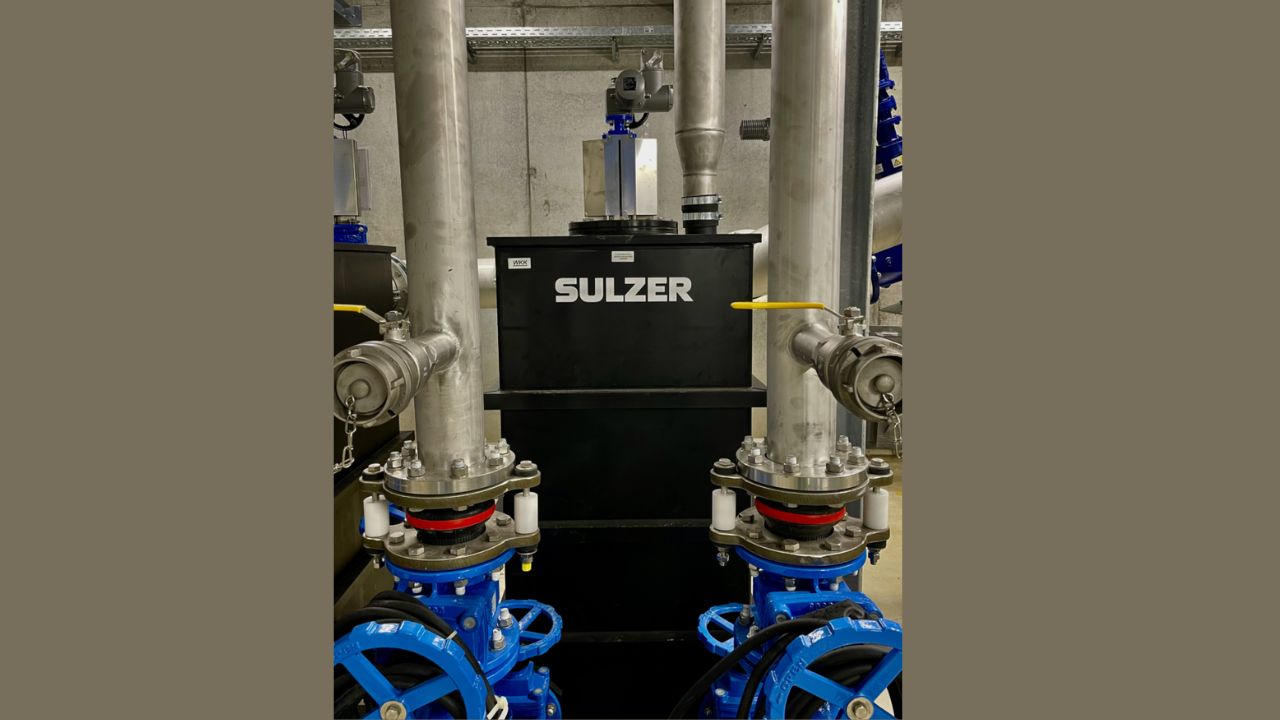Wastewater presents many challenges for the equipment that must collect and transport it to a treatment plant. These are compounded when the facilities are located in areas of high population density, such as airports, where the additional debris that enters the sewerage system poses a significant threat to the reliable operation of the pumping equipment.
Planning ahead
In Frankfurt, a third airport terminal building and apron are under construction and the wastewater system will have to deal with both wastewater and the rainfall, which must be pumped to the local treatment works. Such a large infrastructure project requires considerable planning and Sulzer was brought in from an early stage to support the design and construction of the system to handle this.
The new terminal will have a capacity up to 19 million passengers per year and Sulzer’s expertise has helped to develop an efficient and effective solution for collecting and transporting the water for treatment. In all, 10 pumping stations for rainwater and one for wastewater will be installed, ready for passengers in 2026.
Although, the drainage water from the apron shouldn’t cause any issues under normal circumstances, it is kept separate from the wastewater to avoid overloading the downstream station. If some of the water is contaminated by chemicals, such as jet fuel or fire suppressant foam, it can be diverted to the treatment works, rather than joining any stored rainwater.
Challenging waste
The waste that enters the system in airports is surprisingly diverse, including cleaning rags, items of clothing and nappies – all of which pose a significant challenge to any pump. Should a pump become blocked, it needs to be removed from service and cleared. In the meantime, the remaining pumps must cover the pumping demand until the blocked pump is returned to service.
Experience from the pumping stations in Terminals 1 and 2 have highlighted concerns with debris in the wastewater flow that can cause pumps to stop working. Sulzer’s suggestion was to add a Muffin Monster inline grinder, which would ensure continuous pump reliability and an extended service life.
With prevention always better than cure, the installation of a grinder upstream of all the pumps can mitigate the downtime caused by debris in the system. Sulzer’s Muffin Monster has proven its worth in many installations, resolving even the most challenging environments and will provide the same protection at Terminal 3.
Custom tanks
The wastewater will be collected in a Sanimat tank that was custom-designed for this application. The inflow will initially pass through the Muffin Monster grinder to ensure that any wipes or other debris from the terminal will not interfere with the reliable operation of the pumps.
The Sanimat tanks can be specified with tank dimensions to suit the application and ensure that they can be transported through any access or doorways for installation. Applying Sulzer’s design expertise to this project from the outset ensured that the location and capacity of the pumping stations could be optimized for efficiency and reliability.
Rainwater engineering
For structural reasons, it was not possible to realize gravity drainage of the rainwater from the piers and the apron. For this reason, a total of 10 pumping stations of various designs were planned for rainwater and one for wastewater.
The planned and constructed sewerage network on the site of the new Terminal 3 was not designed to absorb the rainwater produced. Through careful planning and prioritization of the pumping stations, the rainwater is disposed of via the sewer network to avoid flooding of the apron.
During the planning phase, care was also taken to use the same pump types wherever possible. This makes it possible to interchange the pumps in the pumping stations in the event of an emergency. This mainly affected the two largest pumping stations, which are responsible for the disposal of approximately 662 l/s. Instead of two large pumps of type XFP501U-SK350, three pumps of type XFP351M-CH350 were planned and installed, making them identical to the pumps in another building.
Simplified maintenance
Planned maintenance is an important part of achieving pump availability as Robert Schumann, Sales Engineer, explains: “Of course, pump reliability is crucial, so periodic maintenance is required to ensure ongoing performance. All the pumps have been installed horizontally in the dry wells, mounted on a sliding carriage, which provides a very simple procedure for disconnecting and removing the pump for inspection.”
In all, Sulzer has supplied 25 pumps from the XFP range as well as the custom Sanimat tanks and the Muffin Monster grinder. All of the pumps were delivered pre-assembled on the maintenance carriage for simple assembly and installation. Sulzer also constructed all of the pump control panels which have been delivered along with the pumps and grinder in a staged program to match the construction schedule.
Robert continues: “We configured the pump controls to ensure that the downstream pumping station is not overwhelmed. To achieve this, we have carefully prioritized the pumps and coordinated the controls with the utility company to ensure optimum efficiency and capacity. All our hard work will be proven over the coming months, before the terminal opens in 2026.”
Source: Sulzer Ltd.



